1. Socotra Island, Yemen

This remote island, often called the “Galápagos of the Indian Ocean,” harbors a spectacular, alien-like biodiversity that remains a source of deep scientific inquiry. Socotra is home to roughly 700 endemic species, meaning they are found nowhere else on Earth, with one-third of its plant life being unique to the archipelago. The most iconic species is the dragon’s blood tree, with its dense, umbrella-shaped canopy and red sap, alongside the bottle tree, which swells like a massive gourd. Scientists study Socotra’s flora and fauna to understand the mechanisms of allopatric speciation, or how species evolve in isolation, a process that has yielded such unusual life forms over millions of years since the island split from the supercontinent Gondwana. The sheer number of highly specialized endemics presents a living puzzle for evolutionary biologists.
2. Easter Island (Rapa Nui), Chile

The enduring mystery of how the ancient Rapa Nui people erected and transported nearly 1,000 colossal stone statues, or moai, continues to fascinate archaeologists and anthropologists. Located one of the most remote inhabited islands on Earth, the logistics of moving these multi-ton monoliths across the island’s challenging terrain without modern technology is heavily debated. Theories range from using rolling logs, which may have led to the island’s historical deforestation, to a walking method involving ropes and rocking. Furthermore, scientists are still working to fully understand the socio-ecological collapse that followed the statues’ peak construction, studying pollen cores and archaeological remains to determine the primary causes, whether overpopulation, environmental destruction, or external factors like disease.
3. Bouvet Island, Norway
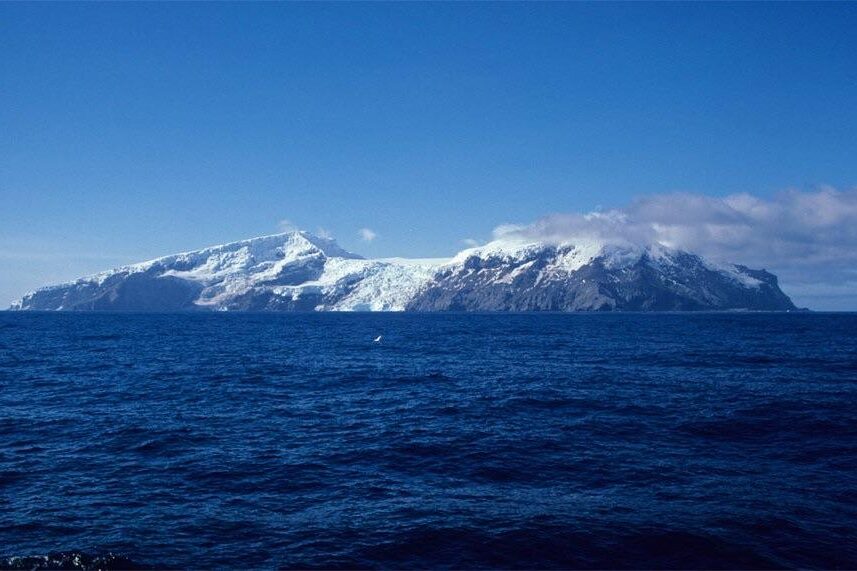
Known as one of the world’s most isolated islands, this uninhabited, glacier-covered volcanic isle in the South Atlantic presents an extreme case study in remote ecology and geophysics. Bouvet is notoriously difficult to reach, making scientific exploration challenging. Its most significant mystery involves the 1964 discovery of an abandoned lifeboat on the island, which had no visible identification marks or signs of human presence, and the missing people were never found. More recently, scientists focus on monitoring the island’s seismic activity and its unique position on the Mid-Atlantic Ridge. The island’s severe isolation also makes it a valuable control point for climate scientists studying ocean currents and atmospheric changes in the far south.
4. North Sentinel Island, India

Part of the Andaman Islands, this small, heavily forested island is famous for being home to the Sentinelese, an indigenous tribe that has resisted all contact with the outside world, making it one of the last truly isolated human populations. The Indian government enforces a strict exclusion zone, respecting the tribe’s wish for isolation and protecting them from modern diseases to which they have no immunity. To anthropologists, the island represents an unparalleled, involuntary experiment in human cultural and linguistic evolution, offering a rare glimpse into a society untouched by modern civilization for millennia. Scientists can only speculate about their language, social structures, and survival methods, relying on extremely limited remote observation.
5. Yonaguni Island, Japan

Off the coast of Yonaguni lies a massive underwater rock formation known as the Yonaguni Monument, which is the subject of an intense debate between geologists and archaeologists. The structure features flat terraces, right angles, sharp edges, and seemingly carved steps, leading some researchers to believe it is the remains of an ancient, sunken city or a pyramid built by a prehistoric civilization, possibly over 10,000 years ago. However, most geologists argue that the formations are purely natural, shaped by tectonic forces, erosion, and the local sandstone’s tendency to cleave along straight lines. The mystery lies in the remarkable geometric precision of the structure, which makes it an ongoing focal point for underwater research and exploration.
6. Poveglia Island, Italy

Often cited as one of the world’s most haunted locations, Poveglia is a small island in the Venetian Lagoon with a dark and disturbing history that draws the interest of historical researchers and paranormal investigators alike. Its grim past includes serving as a quarantine station for plague victims, or lazzaretto, from the 14th century through the early 18th century, and later as a mental hospital. Historical records suggest tens of thousands of people may have died on the island, with their remains possibly buried in mass graves. Scientists and historians examine the island’s archives and remaining structures to better understand the horrific realities of plague containment and the ethical treatment of the mentally ill in past centuries.
7. Gruinard Island, Scotland
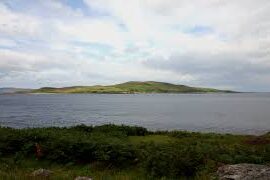
This Scottish island was once notoriously contaminated and is a powerful case study in biological warfare and decontamination efforts, drawing long-term scientific monitoring. During World War II, the British government used Gruinard as a testing site for anthrax-based biological weapons, intentionally releasing the deadly spores to study their effectiveness. The island was declared uninhabitable for decades due to the persistent contamination. A high-profile scientific operation began in the late 1980s to clean the island, involving spraying it with 280 tons of formaldehyde solution. Scientists continue to study the island to monitor for any residual traces of the spores, making it a critical example of successful, large-scale bioremediation.
8. Devon Island, Canada
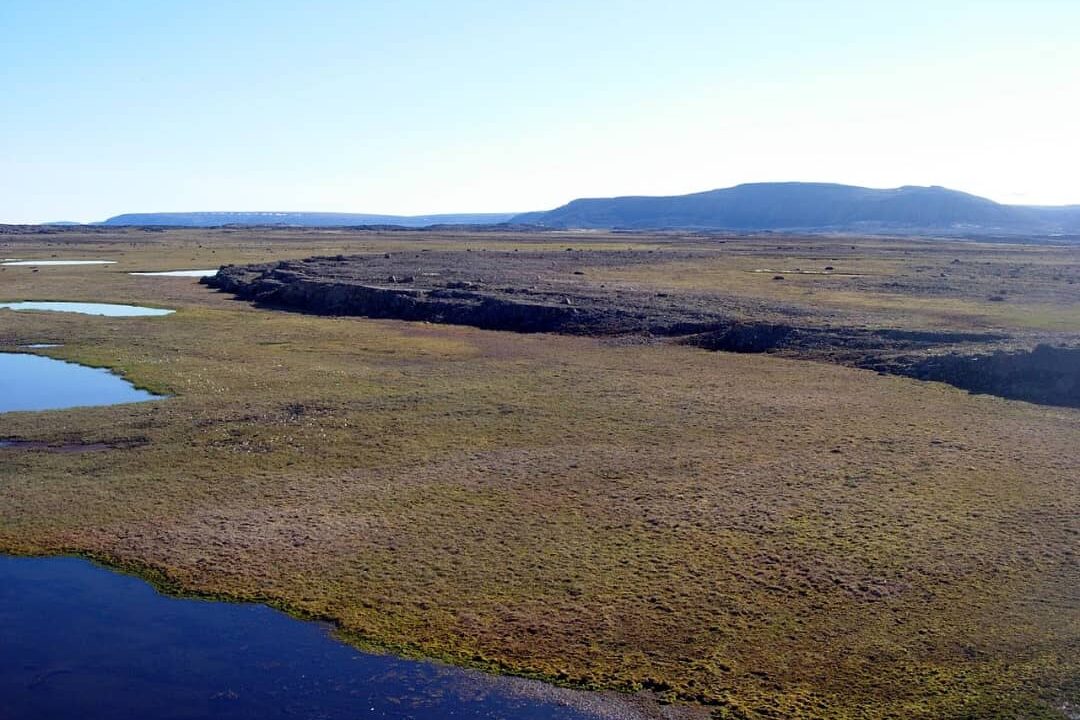
While not technically a true ocean island, this desolate, extremely remote landmass in the Canadian Arctic Archipelago is vital to scientific research due to its extreme, Mars-like conditions. Devon Island is home to the Haughton impact crater and a cold, dry polar desert environment, making it the largest uninhabited island on Earth. NASA and other space agencies utilize it as the Flashline Mars Arctic Research Station (FMARS), conducting research on geology, microbiology, and operational studies that mimic the challenges of a human mission to Mars. The island’s unique geology and climate allow scientists to test equipment, spacesuit prototypes, and human factors in preparation for future interplanetary exploration.
9. Sentinel Peak Island, Antarctica

This tiny volcanic peak, also known as Deception Island, is part of the South Shetland Islands and is famous for its unique horseshoe-shaped caldera, which acts as a relatively protected natural harbor. The island’s mystery lies in its highly active volcano, which has experienced numerous, unpredictable eruptions, forcing the abandonment of scientific research stations. Scientists are intensely focused on monitoring the island’s seismic activity and geothermal vents within the caldera. The high heat and unique chemical environment support extremophile microorganisms in the surrounding waters, offering insights into how life might survive in harsh, volcanically active environments, potentially including those on other planets.
10. Tinian Island, Northern Mariana Islands
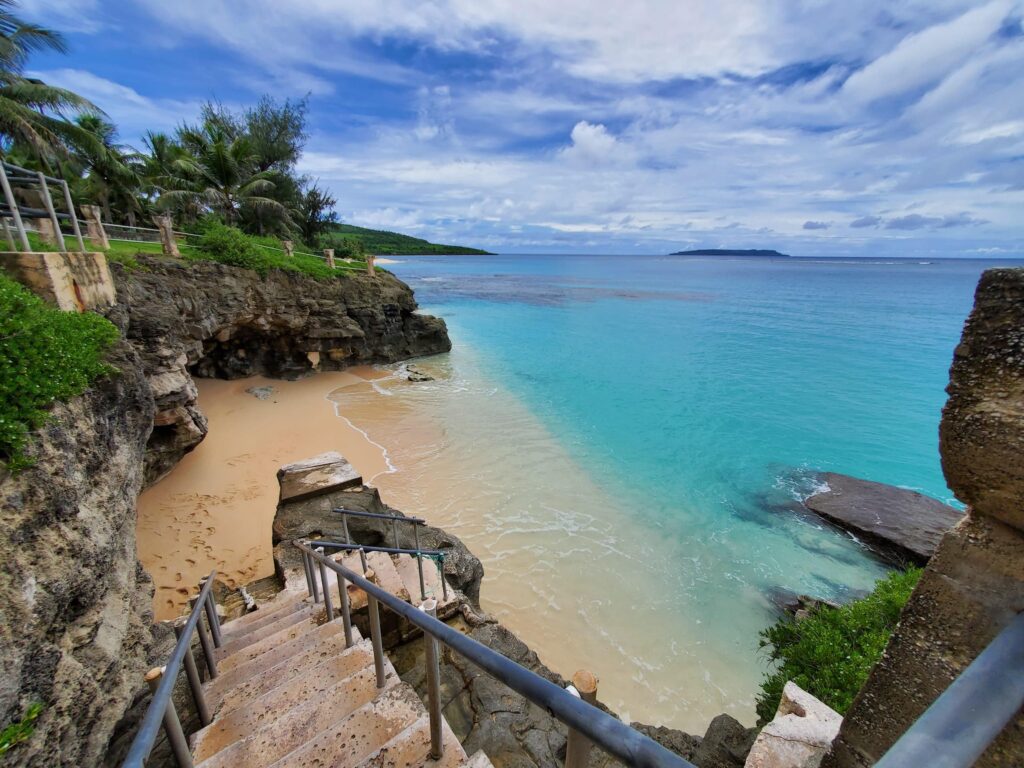
This small Pacific island holds a massive historical and archaeological mystery related to the megalithic stone structures known as Taga Stones. These massive limestone pillars, capped with a hemisphere, date back to the pre-contact Chamorro civilization and are the largest known of their kind. Scientists and archaeologists are still working to determine the precise methods used to quarry, transport, and erect these gigantic stones, which weigh many tons, and their original purpose remains debated. Current theories suggest they formed the corner supports of ancient, high-status houses, but the engineering feat required for their construction continues to baffle modern researchers.
11. Kerguelen Islands, France (French Southern and Antarctic Lands)

Often nicknamed the “Desolation Islands,” this sub-Antarctic archipelago’s mystery lies in its extreme remoteness, harsh weather, and its unique role as a global outpost for geophysical and biological science. Kerguelen is located on the Kerguelen Plateau, a massive underwater igneous province, and its geology offers critical evidence about the Earth’s deep mantle and plate tectonics. Biologists study its isolated ecosystem, which includes endemic species like the Kerguelen cabbage, to understand how life adapts to extreme cold, high winds, and long periods of isolation. The sheer difficulty of reaching the islands and maintaining research stations highlights the enduring human commitment to exploring the planet’s farthest reaches.
12. Palmyra Atoll, United States

This uninhabited, low-lying atoll in the central Pacific Ocean is considered one of the most mysterious places on Earth due to its alleged “curse” and the uncanny nature of its ecology. The atoll’s unusual ecosystem features an astonishing concentration of predatory species, with scientists observing an inverse biomass pyramid where the apex predators outweigh the prey. This phenomenon is highly unusual in marine biology and is under intense study. Historically, the atoll is also associated with unexplained disappearances and a famous double murder in the 1970s, which only adds to its enigmatic reputation. Scientists use Palmyra as a pristine model for studying coral reef ecology without human interference.
13. Miyakejima, Japan (Izu Islands)
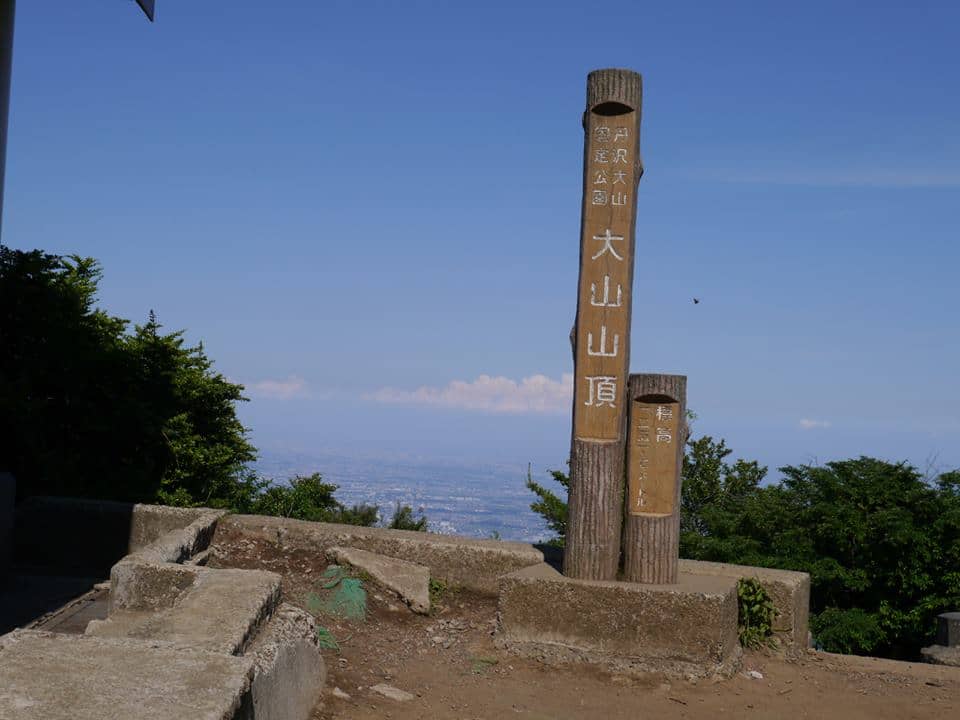
This volcanic island southeast of Japan is a fascinating and extreme example of human adaptation to continuous geological threat. Its mystery is centered on the active volcano, Mount Oyama, which regularly emits high concentrations of toxic sulfur dioxide gas. Scientists use the island as a living laboratory to study volcanic gas emissions, public safety protocols, and the long-term biological effects on flora and fauna. Residents were forced to evacuate the island in 2000 and were only allowed to return in 2005 under strict conditions, including carrying gas masks at all times. This makes it a crucial site for understanding life and community resilience in hazardous environments.
14. Vostok Island, Kiribati

A tiny, uninhabited island in the central Pacific, Vostok’s scientific interest lies in its status as one of the few entirely pristine, un-impacted tropical ecosystems remaining in the world. Its dense, single-species forest of Pisonia grandis trees creates an extremely isolated habitat. Scientists study this untouched environment to establish a “baseline” for how a healthy, unpolluted coral island ecosystem functions, which is invaluable for comparison with other islands affected by human activity and climate change. The mystery is less about a single event and more about the rare opportunity to observe natural processes in a state virtually unaltered by mankind.
15. Heard Island, Australia
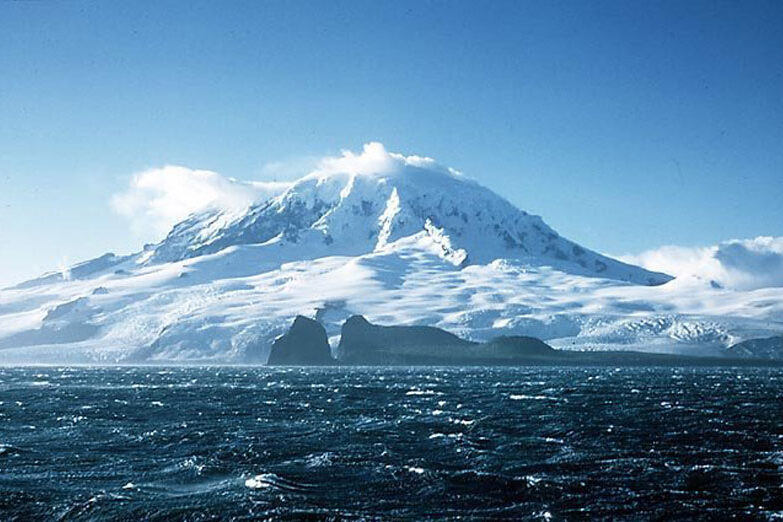
Located between Madagascar and Antarctica, this island is dominated by Big Ben, an active, 2,745-meter volcano. Heard Island’s isolation and its extreme climate have preserved a unique sub-Antarctic ecosystem. Scientists are fascinated by its unusual “glacier-fed” lava flows, where the interaction of magma with large amounts of ice and meltwater creates unique geological formations. The island is also a crucial breeding ground for vast populations of king penguins and seals. Researchers closely monitor the interplay between volcanic activity, glacier retreat (driven by climate change), and the impact on the delicate, isolated wildlife populations.
16. Ball’s Pyramid, Australia
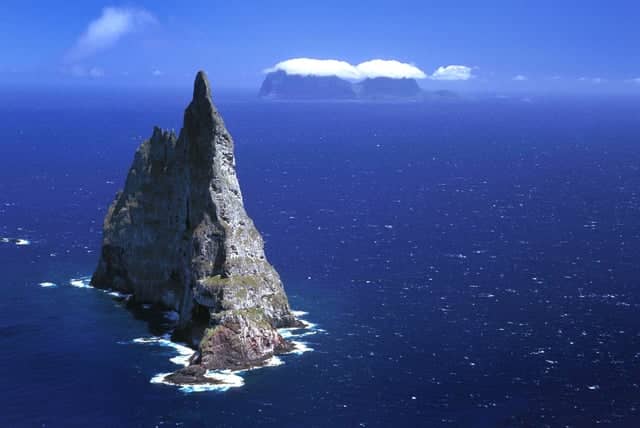
This spectacular, uninhabited volcanic stack, the remnant of an ancient shield volcano, rises 562 meters straight out of the Pacific Ocean near Lord Howe Island. Its sheer, dramatic verticality and isolation led to a profound biological mystery: the rediscovery of the Lord Howe Island stick insect, thought to be extinct for over 80 years. Scientists found a tiny, surviving population living precariously on a single, isolated shrub clinging to the sheer rock face. This “Lazarus species” is a case study in ultra-specific, high-altitude ecological survival and is providing genetic insights crucial for conservation efforts to re-establish the species elsewhere.
17. Island of the Dolls (Isla de las Muñecas), Mexico

Though artificial and located within the Xochimilco canal system near Mexico City, this island is a cultural and psychological mystery that continues to draw international attention. The island’s only former resident, Julián Santana Barrera, decorated it with hundreds of decaying dolls to ward off what he believed were evil spirits or to appease the spirit of a drowned girl. While not a geological or biological mystery, sociologists and psychologists study the island as a unique monument to human isolation, grief, and folk belief. The sheer scale of the unusual, eerie collection creates a lasting enigma about the intersection of mental state and environmental modification.
18. Kolmanskop, Namibia

Kolmanskop is a diamond-mining ghost town in the Namib Desert, which is often considered an “island” in the vast, shifting ocean of sand. Its mystery is rooted in its rapid abandonment and the subsequent process of desert re-appropriation. Founded during the diamond rush, it was deserted in the mid-1950s. Today, geologists and environmental scientists study how the desert dunes are inexorably reclaiming the town, filling houses with sand. It serves as a stark, dramatic model for observing the raw power of natural erosion and the relatively short lifespan of human structures when pitted against extreme desert forces.
19. Hashima Island (Gunkanjima), Japan

Off the coast of Nagasaki, this abandoned, fortified island was once a densely populated coal mining facility until the coal reserves ran out in 1974. Its mystery lies in its rapid, complete abandonment and the state of preserved decay that followed. Now a UNESCO World Heritage site, researchers study the island’s infrastructure and the unique architecture of its concrete sea walls and tenement blocks to understand the historical, social, and economic realities of early 20th-century industrial life in Japan. It’s a powerful, almost apocalyptic visual document of a sudden industrial collapse and a contained environment slowly being reclaimed by nature.
20. Graham Island (Isola Ferdinandea), Italy

The mystery of this island is its ephemeral nature; it is a temporary volcanic island that has appeared and disappeared multiple times in the Strait of Sicily. The island first emerged dramatically from the sea in 1831 after a volcanic eruption, sparking an international political crisis as four nations, Britain, Sicily, France, and Spain, attempted to claim it. However, within months, the island was eroded by the sea and submerged, leaving only a submerged shoal (Banco Graham). Geologists closely monitor the area, as its cycle of emergence and submergence provides rare, dynamic evidence of undersea volcanic activity and the rapid geological processes that shape the Earth’s surface.
These islands, each with its own unique blend of geological wonders, unsolved historical puzzles, or unparalleled biological isolation, remind us that the world still holds immense secrets. They serve as living, breathing testaments to the incredible forces of nature and the limits of human knowledge, ensuring that the work of dedicated scientists will continue for generations to come.
This story 20 Mysterious Islands That Still Fascinate Scientists was first published on Daily FETCH


